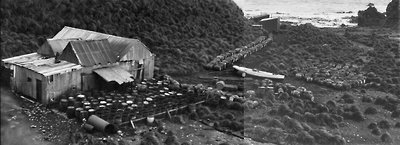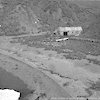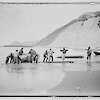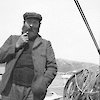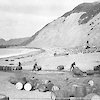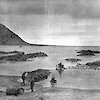A bloody history
When it was discovered in 1810 Macquarie was home to 250,000 fur seals. It took the sealers, living on the island and hunting them year-round, a mere five years to virtually wipe them out. They were killed mainly for their pelts, which fetched high prices in Europe and the United States.
Mineral petroleum was a rarity early in the 19th century, Most of the oil for lighting the cities of the world came from the sea — from the great whales and their smaller cousins, the seals. With seal numbers decimated around South America and the Australian and New Zealand coasts, it took no time at all for the industry to plunder Auckland, Campbell and Macquarie Islands.
Macquarie Island’s plentiful elephant seal population was the main target. Try-works for boiling down the blubber were established there in 1813, and then at various other coastal locations. This became the island’s main industry for the next 17 years, until the numbers of elephant seals collapsed.
In the 1870s New Zealand interests revived the sealing industry, but less than a decade later they too were forced to abandon the island. But this later venture gave an opportunity to New Zealand scientists to spend time ashore studying the animals, plants and rocks of this isolated outpost.

